Superfried – Walk the Talk
Testing Gousto – is it eco friendly?
–
Hello people. Back again with another Walk the Talk, where I continue to look at ways I can change my lifestyle habits in an attempt to move towards permanent eco living.
For this edition, I am doing something a little different. Rather than testing a new product or behaviour, I am going to take a look at a service that we already use – Gousto – and consider the eco credentials of this subscription.
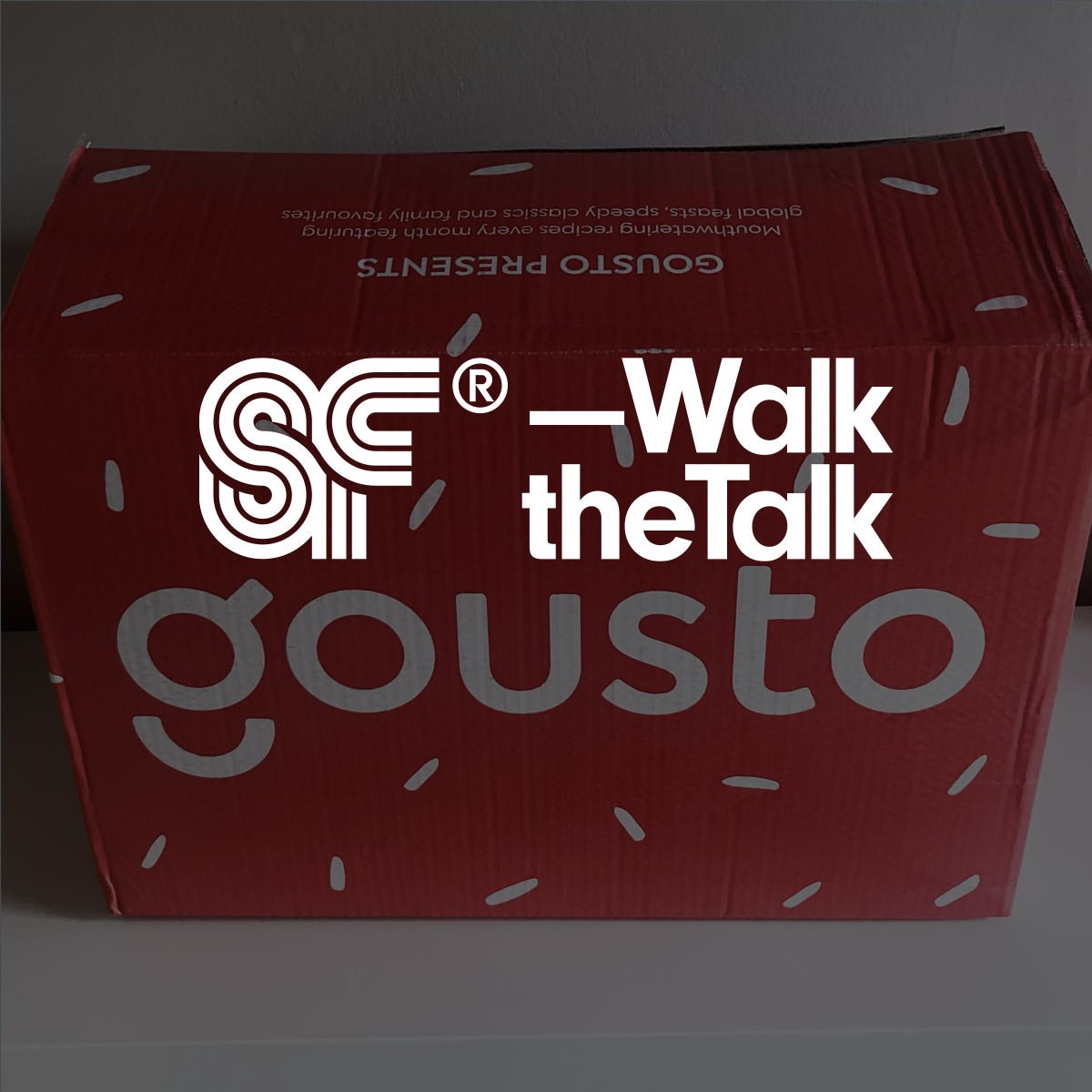
About Gousto
Gousto is a meal delivery service that enables customers to prepare dishes quickly whilst avoiding excess food waste. Subscriptions can be tailored to suit individual requirements from individuals to families.
Is it any good?
We started using Gousto just before lockdown. My wife, concerned about unused food going to waste, mentioned she had found a good introductory deal. In my default anti-marketing stance, I assumed we would sign up, forget to cancel after the introduction, and stick with an average, over-priced subscription. I am glad to say I was completely wrong.
I have been genuinely impressed with Gousto. The recipes are great, the ingredients fresh, portion sizes generous, and since starting our subscription it has saved time, food waste, and improved our diet. The usually fussy children have also embraced new foods – with them strangely regarding Gousto meals as above suspicion.
Since we started I have noticed improvements and changes in their use of packaging, which has been great to observe. I was also happy to see they are B Corp registered, although I was the only one who noticed : )
However, when opening the box the other day, I was still shocked by the volume of plastic despite their improvements and B Corp status.
This got me wondering –
Reference links
-
Gousto – Recipe boxes to your door
Gousto
Recipe boxes to your door
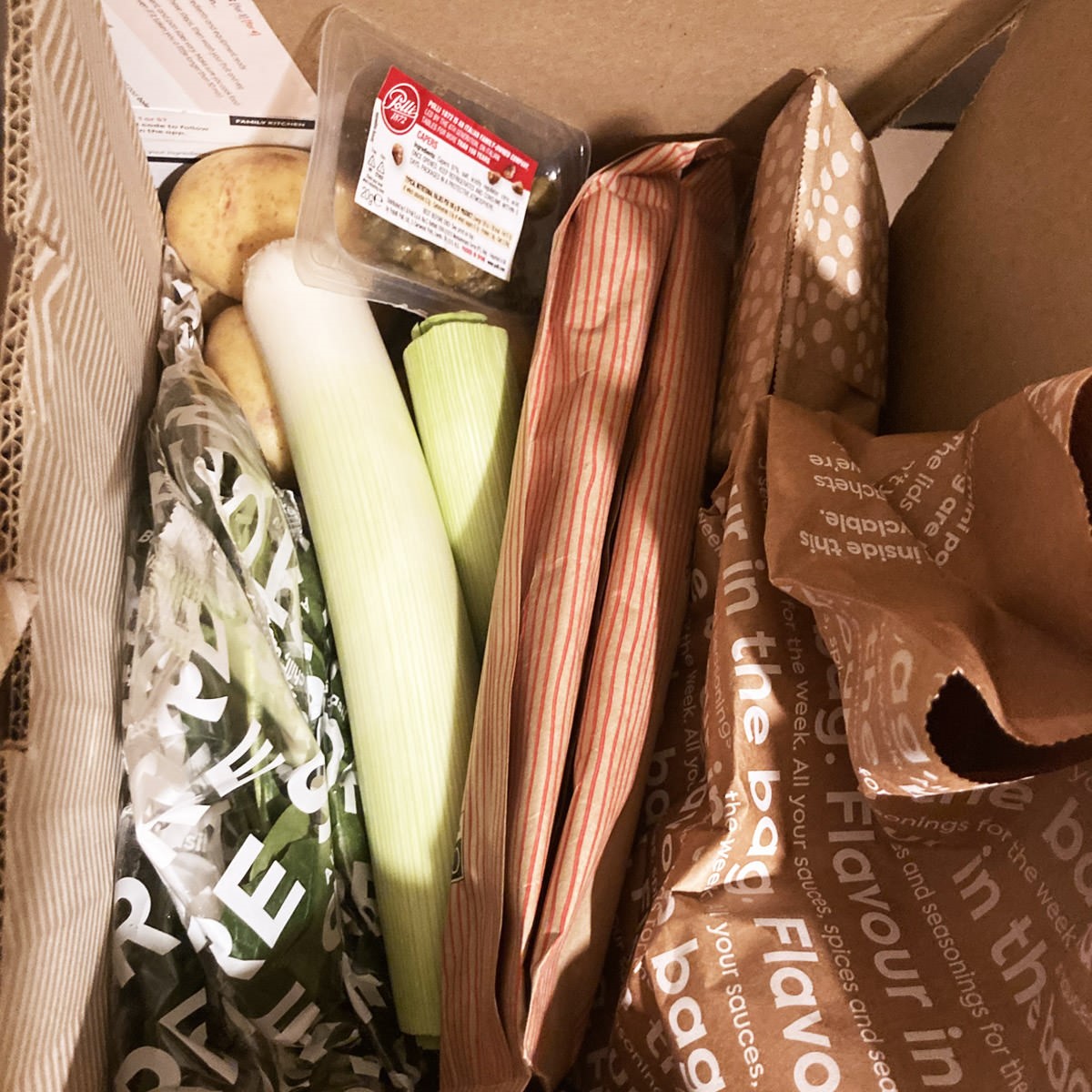
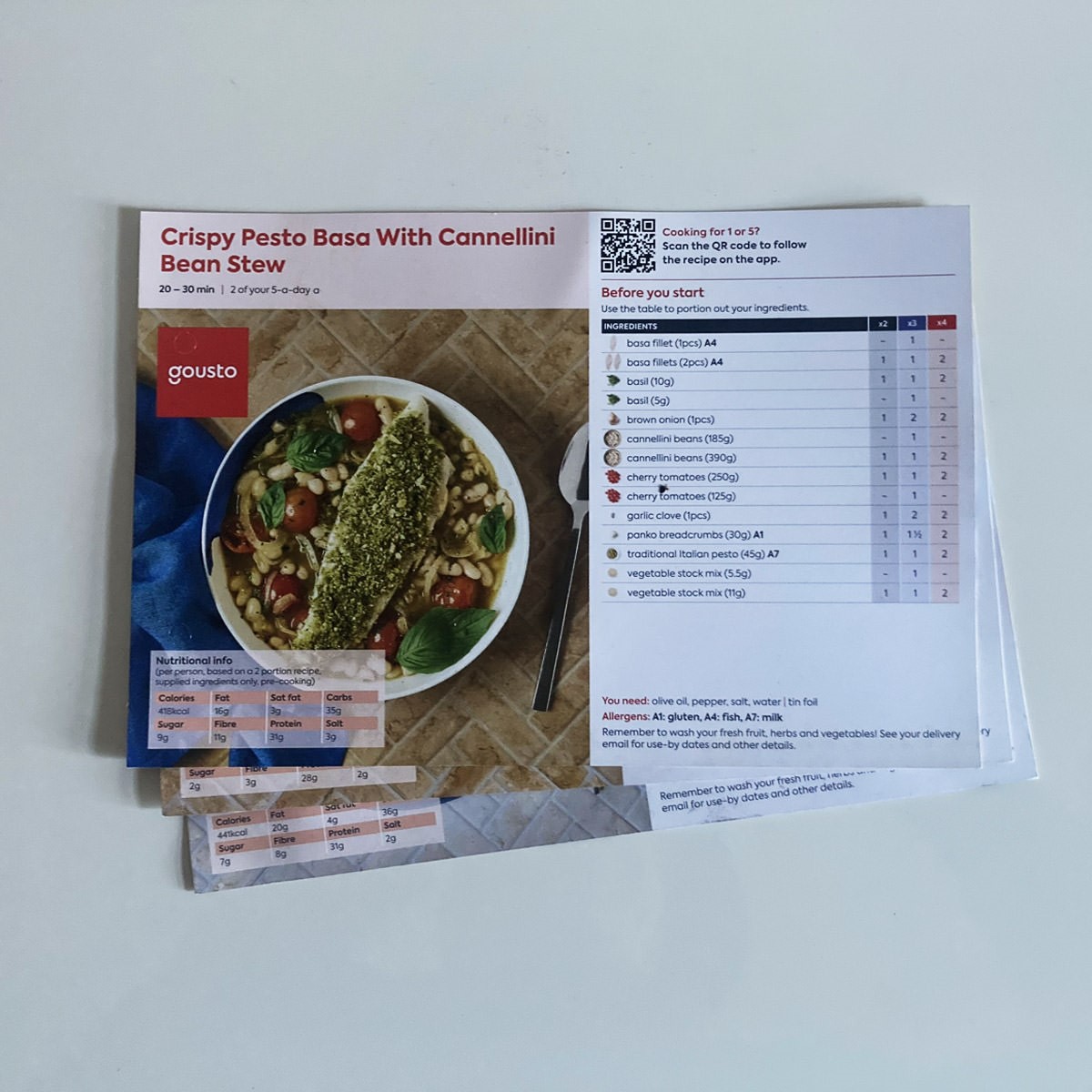
Research
I have spoken directly with people who have been through the B Corp application process and someone who actually works there. I am convinced it is very difficult to qualify, so I have no issue with B Corp.
Therefore, I decided to do a bit of research specifically on Gousto.
I found a review of recipe boxes by Kate at Green Eco-Friend. I do not want to steal her content, so I would recommend giving it a read if you are considering this route. She reviews the following options –
What is great to see is that B Corp status is commonplace, but Gousto does not have the highest score. If I am totally honest, I have no intention of leaving Gousto, so I was a little disappointed they did not smash every category out of the park.
So I decided to see what actions they have actually taken toward sustainability development. Because I am biased, I am going to be particularly harsh.
Reference links
-
Green Eco-Friend – Most eco-friendly recipe boxes
Green Eco-Friend
Most eco-friendly recipe boxes
-
BBC Good Food – Gousto recipe box review
BBC Good Food
Gousto recipe box review
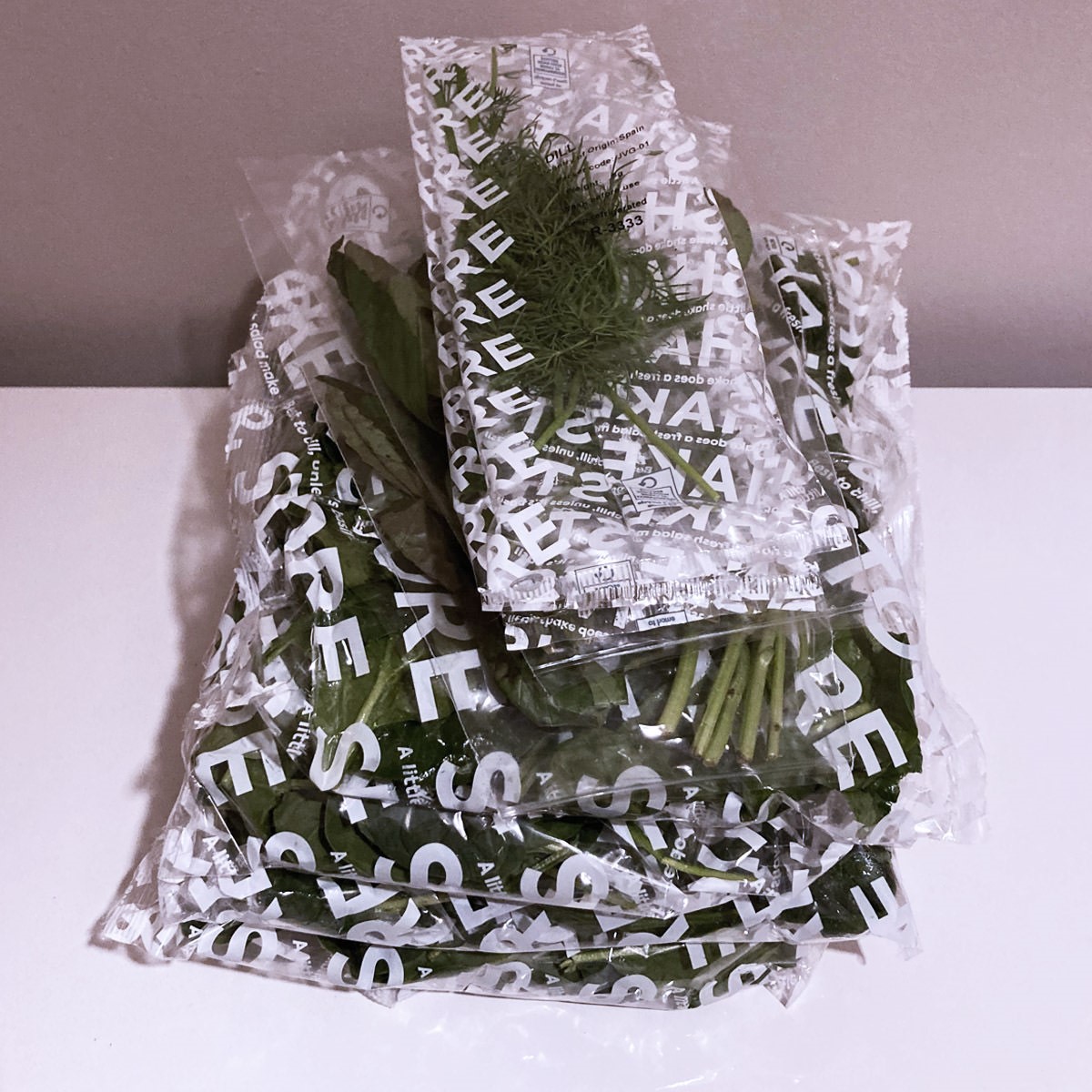
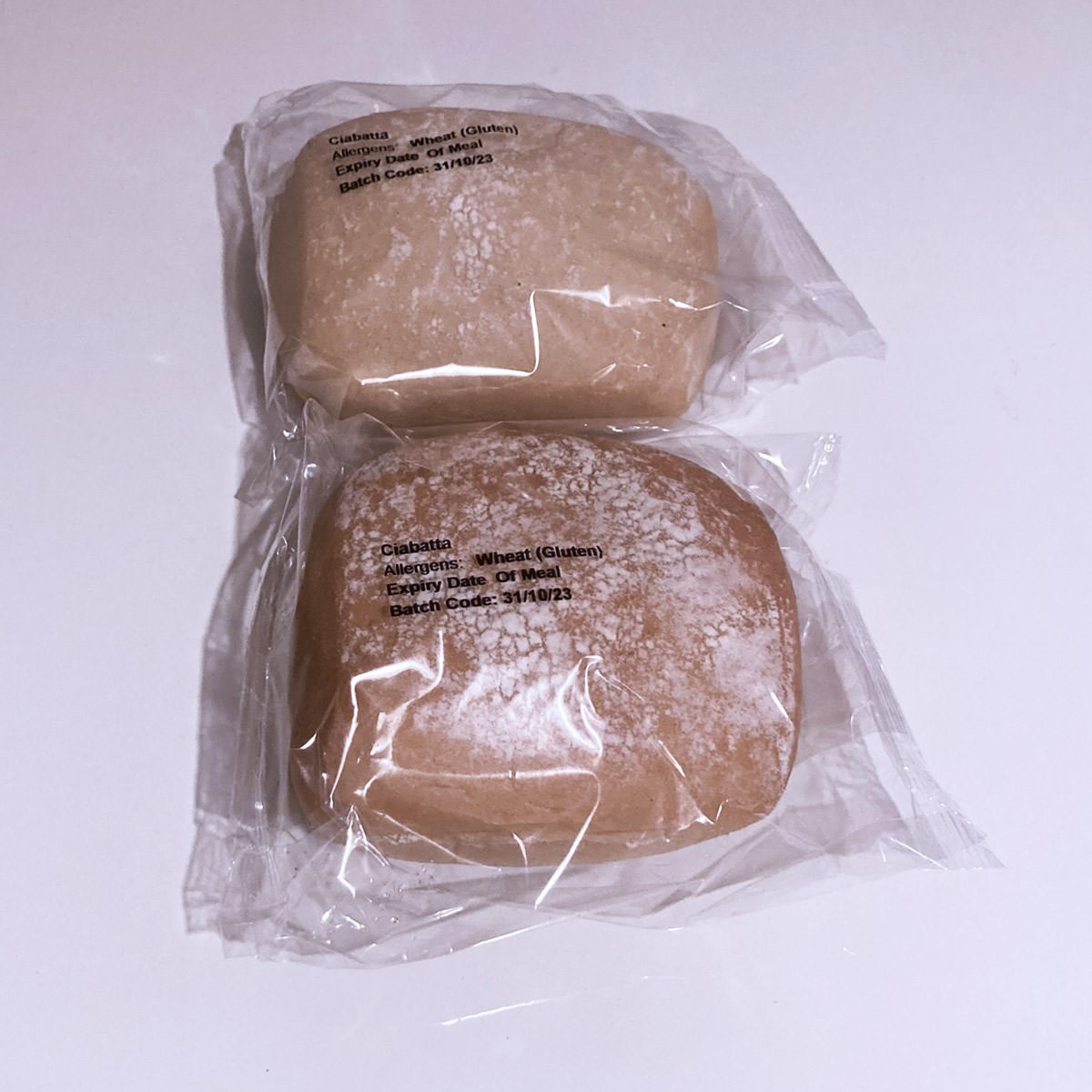
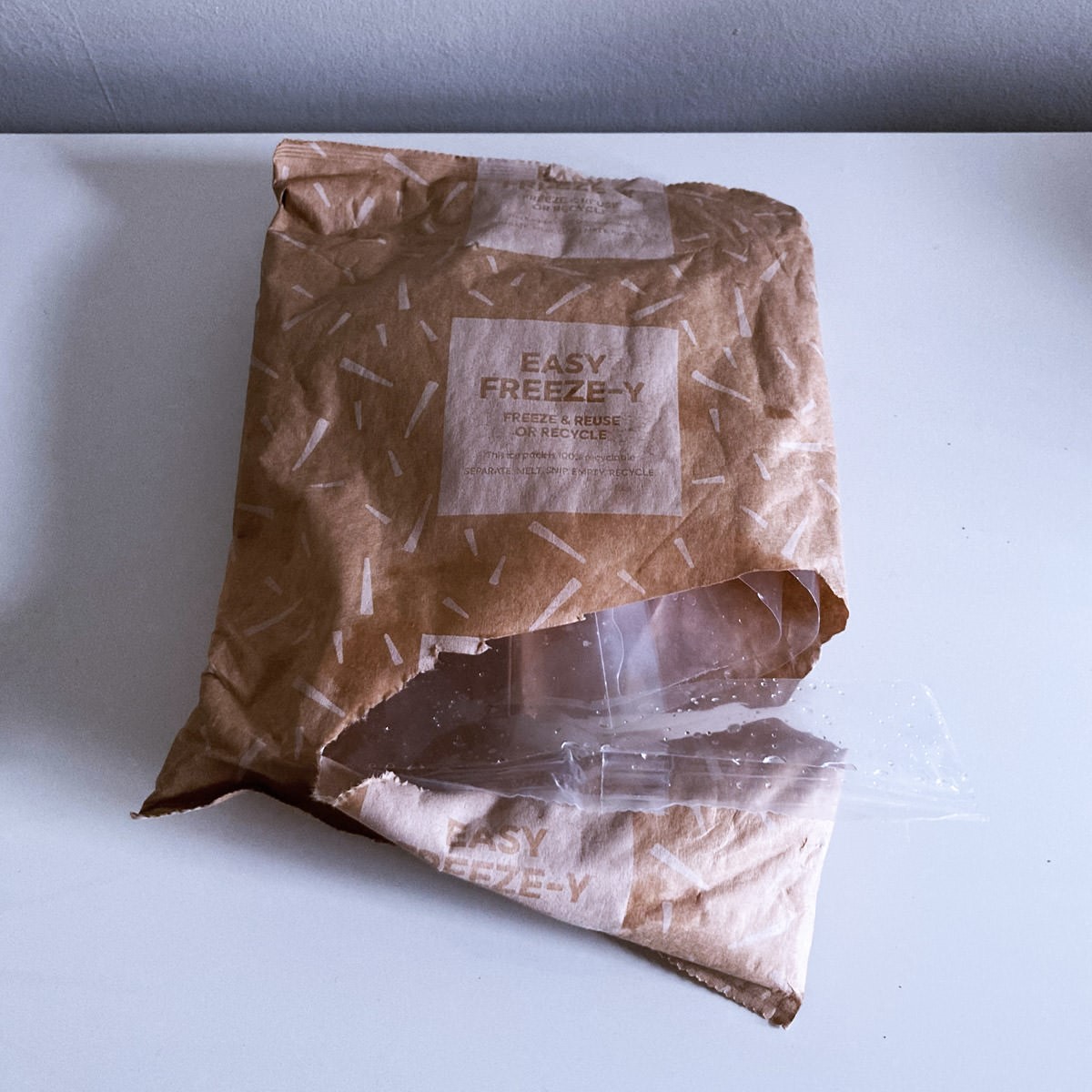
Gousto's sustainability claims
As mentioned I will be particularly harsh to counteract my bias.
They state in their blog that they print their recipe cards with Seacourt, the world’s leading sustainable printer. This is quite a bold claim unless there is some kind of Premier League for global sustainable printers I am unaware of. Gousto proceed to state –
Seacourt’s factory is powered by 100% renewable energy and the printing process is totally waterless, produces zero landfill waste, and has a net positive carbon footprint. This means each Gousto recipe card has a positive impact on the environment.
I think this comment is disingenuous. I do not dispute Seacourt's credentials, but it seems impossible to me that using resources and power of any form can be better for the environment than if those resources remained unused.
Continuing with paper consumption, Gousto has embraced intelligent packaging to optimise box sizing relative to the contents subsequently leading to fewer lorries to deliver the boxes. This is good news, although it may be driven primarily by cost-efficiency gains rather than eco.
They go on to say they have switched to cardboard punnets – which leads to the question why were punnets ever not cardboard? – and reduced the plastic packaging for tomatoes by 79%.
Potatoes are now loose in the box – but I am confused as to why they were ever packaged in the first place.
For recipes requiring bread, they have doubled up rolls into one bag vs two – which I have not witnessed yet – but surely the bags could be switched for paper?
A tricky area is sauce sachets – which are one of my pet hates. Gousto claims they have stopped sending out multiple small mayo sachets, instead sending one with the correct amount for the meal. They have also switched suppliers leading to a reduction in the plastic used by 50%. For herbs, this has been reduced by an average of 25%. I feel with the progress being made with companies such as Notpla, there must be better alternatives to their current use of plastic.
For the packaging of fish, they have stopped using black plastic which can not be recycled. Personally, I can not understand why legislation has not been brought in to eradicate the use of black plastic in food packaging. I know it is better from an aesthetic perspective, but most ready meals have a cardboard sleeve with photoshopped images on anyway. By the time you see the unappetising reality, it is too late to turn back ; )
Gousto's eggs are now packaged in cardboard containers using recycled stock, replacing the previous plastic pots. For this point, I think they are really reaching. Why would you ever put eggs in a plastic box to start with? They are one of the few products, that in my experience, have always been packaged in cardboard, hardly groundbreaking.
Another element that caused me confusion was their ice packs, which are plastic wrapped with paper. This appeared to be an unnecessary waste of resources. Gousto answered this by saying testing found that when ice packs melt the build-up of condensation could lead to moisture damage. The wrapper is made from a heat-sealable layer, which is recyclable with normal paper.
However, the plastic is only recyclable at supermarkets. I see this on a lot of products and for me, it is a waste of time. No one is going to collect every piece of plastic of this nature for a separate weekly drop-off at the supermarket. Especially when they started a Gousto subscription to avoid visiting supermarkets in the first place!
Genuine sustainable progress
That weekly box you order reduces your carbon emissions by 23% compared to the same shop from a supermarket.
With regard to this statement, Gousto backs up their claim with the following assurance –
The Comparative Life Cycle Assessment (LCA) of the food waste and greenhouse gases (GHG) emissions was carried out by environmental services company Foodsteps, and independently verified via an independent critical review and a GHG Protocol Standard reasonable assurance statement.
I will admit, I do not fully understand this, but the figures stated do seem reasonable / logical and the verification sounds legitimate.
They are aiming to 100% recyclable, reusable, or compostable own-brand packaging by 2025, in line with the UK Plastics Pact. According to Gousto, 72% of packaging across their own-brand ingredients is now recyclable.
A more exciting move is their collaboration with natural packaging experts Xampla. According to Gousto, this has led to the development of the world’s first edible stock sachets made from peas. This provides a zero-waste alternative to the plastic sachets that previously carried their vegetable stock powder.
This is the type of innovation I would like to see more of – applying similar techniques to other plastic packaging and sachets – rather than expecting credit for using a cardboard box for eggs!
That's great, but is Gousto expensive?
As with everything, the price decreases with volume so it may not be cost-effective for individuals. We have a subscription for a 4-person box containing 4 recipes per week. This works out to £2.99 per serving. Based on the quality, and quantity which often leads to leftovers for additional meals, I think it is good value.
Reference links
-
Gousto – Sustainability
Gousto
Sustainability
-
Seacourt – Net carbon neutral printing
Seacourt
Net carbon neutral printing
-
Foodsteps – Where food and climate targets meet
Foodsteps
Where food and climate targets meet
-
Xampla – Drop-In, High-Performance Natural Materials
Xampla
Natural and biodegradable materials
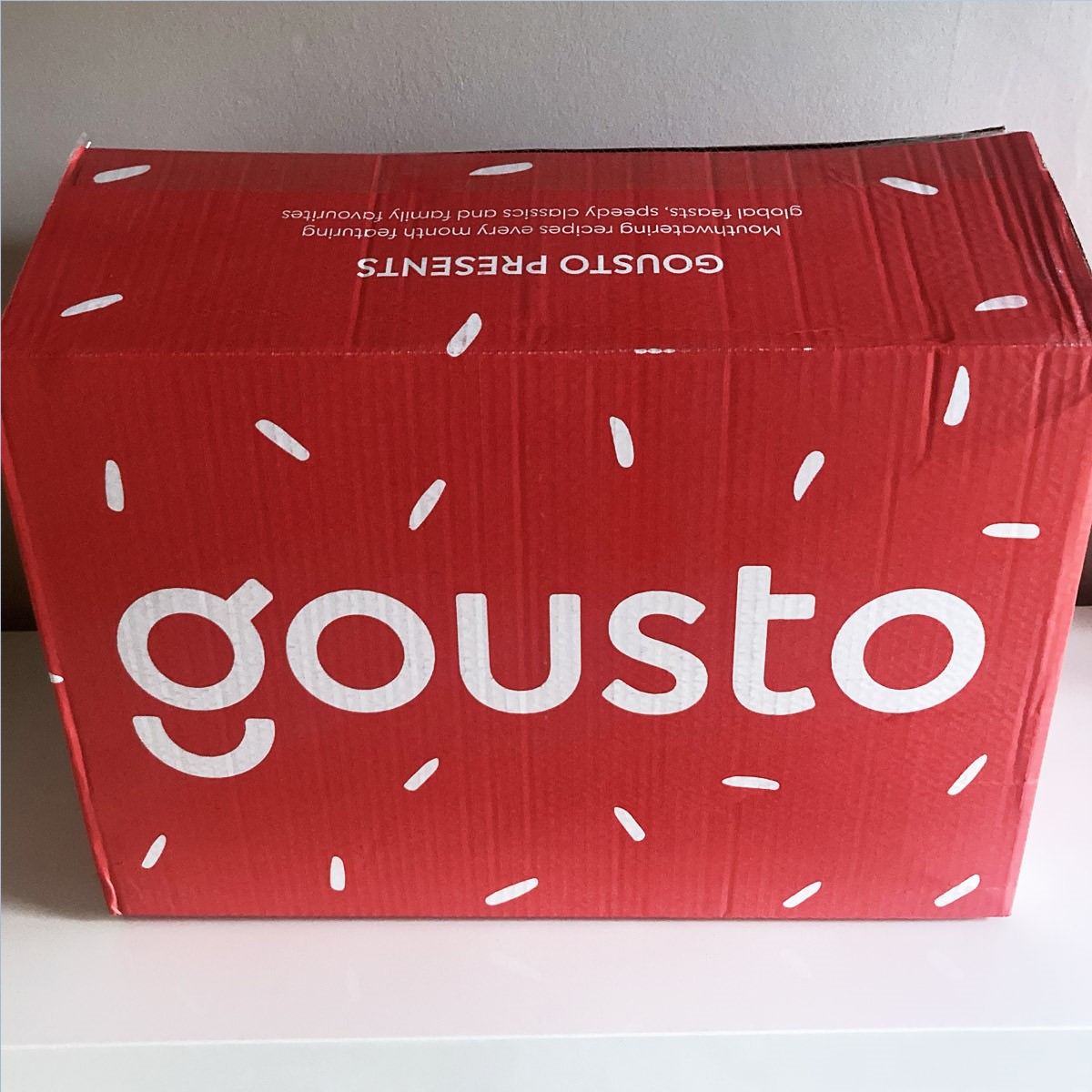
Conclusion
In conclusion, although there is a long way to go, I have seen and do believe Gousto is making an effort to improve the sustainability of its products and services. There are a lot of separate components to this type of service, so addressing every element is challenging. Having said that, there may be companies out there doing a better job, but since I am happy with the product, I am loath to jump ship any time soon. However, this may change if Gousto fails to meet its stated targets.
Not only do the convenience and eco efficiency of recipe boxes appeal to me, but I also think it helps in a small this type of service has the potential to reduce the monopoly of UK supermarkets. It is often assumed supermarkets will always be cheaper, yet we recently purchased fruit and veg from an open market for a fraction of the cost without the unnecessary packaging, queue, and self-checkout! Perhaps we failed to see we already had better solutions – markets / deposit refunds on returned glass bottles etc – which were subsequently replaced under the guise of progress. Perhaps admitting we made mistakes and going back to a previous way of life is difficult because it feels counter-intuitive and an admission of failure.
―
This type of product is far more challenging to assess since there are so many variables concerned. Consequently, I would love to hear if there is anything I have overlooked, so please drop me a message if that is the case.
Even for small companies, brand strategy and addressing sustainability development to meet your ESG requirements can be complex. Therefore book a call with Superfried to discuss how we can collaborate to develop a bespoke creative strategy for your business.
Mark
―
#SuperfriedWalktheTalk